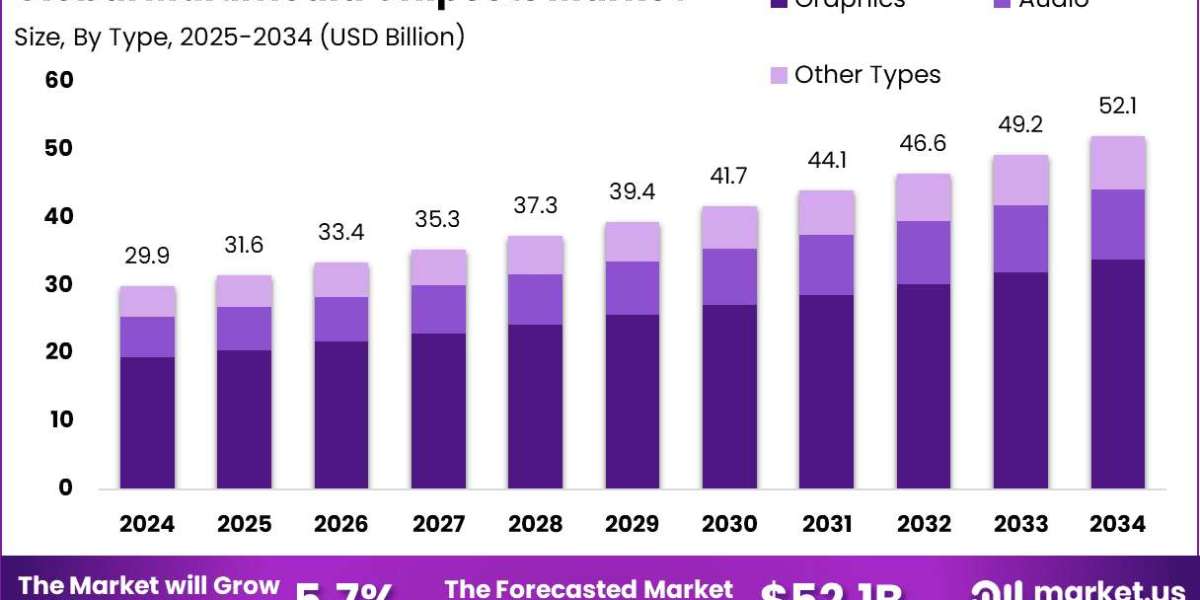The ready-mix concrete market is facing intensifying pressure from escalating material costs, logistical constraints, and procurement challenges, all of which are reshaping how companies operate and compete. As global infrastructure projects surge post-pandemic, producers are encountering significant bottlenecks across the supply chain. These challenges are not isolated but systemic, often overlapping and amplifying operational and financial risks.
Understanding these interconnected hurdles is critical for stakeholders aiming to mitigate disruptions, manage input cost volatility, and ensure timely project delivery in an increasingly competitive and resource-constrained market.
Volatile Cement Pricing Disrupts Cost Forecasting
Cement, a primary component of ready-mix concrete (RMC), is subject to substantial price fluctuations driven by energy costs, carbon regulations, and supply-demand imbalances. In recent years, global cement prices have surged due to:
Soaring energy prices, particularly coal and natural gas, which are major inputs in cement kilns
Carbon compliance costs in Europe and other regulated markets, prompting shifts toward green cement
Production curbs in countries like China, which periodically limit output for environmental reasons
Export restrictions or tariffs on clinker and cement from certain economies protecting local industries
These price shifts have made it difficult for RMC suppliers to maintain consistent margins, especially in long-term contracts. Producers are increasingly turning to local sourcing, alternative binders, and price escalation clauses in contracts to offset cement price volatility.
Aggregates Shortages in Urban and High-Demand Zones
Aggregates—crushed stone, gravel, and sand—constitute a majority of RMC volume, yet their availability is diminishing, particularly in dense urban regions and environmentally regulated zones. Reasons include:
Depletion of nearby quarries, requiring transport from farther locations
Urban expansion crowding out mining areas
Environmental opposition to new quarry permits
Export limitations in countries like Vietnam and India affecting international aggregate trade
In response, many RMC manufacturers are investing in recycled aggregates, developing off-site storage depots, or pursuing vertical integration to control quarry operations and secure long-term supply.
Admixture Availability and Cost Uncertainty
Chemical admixtures enhance workability, setting time, and durability, especially in complex construction projects. However, the admixture market is sensitive to:
Petrochemical feedstock pricing, which impacts cost
Global supply chain fragmentation, especially for specialty admixtures sourced from Asia or Europe
Custom clearance delays due to changing trade rules and documentation requirements
These challenges have encouraged RMC producers to stockpile key admixtures, diversify suppliers, and even collaborate directly with admixture manufacturers on local formulation strategies.
Logistics Bottlenecks Amplify Delivery Risks
Transporting ready-mix concrete is time-sensitive due to the perishable nature of the mix, which begins setting within 90 minutes. Major logistics-related challenges include:
Driver shortages in North America and Europe, driving up labor costs and extending delivery times
Congested urban traffic slowing delivery trucks and increasing the risk of concrete wastage
Lack of adequate transit mixers, especially in rapidly urbanizing regions with sudden demand spikes
Port delays and container shortages, particularly affecting importers of cement, admixtures, or specialized equipment
To combat these issues, many companies are:
Deploying decentralized batching plants close to job sites
Leveraging logistics software for real-time delivery optimization
Using mobile batching systems for remote or hard-to-access projects
Enhancing driver incentives to retain skilled operators
Rising Freight and Transportation Costs
Fuel price inflation has been a dominant factor impacting transportation costs in recent years. Higher diesel prices, coupled with toll fees and road taxes, are affecting the profitability of every cubic meter delivered. Furthermore, the lack of efficient rail or waterway alternatives in some regions exacerbates dependency on expensive road transport.
Some companies are mitigating this by forming regional delivery clusters, investing in fuel-efficient fleets, and exploring EV or hybrid trucks where feasible.
Contracting Challenges and Payment Risks
Owing to fluctuating input prices and delivery challenges, many RMC producers face difficulties in honoring pre-agreed contract rates. Without effective price adjustment clauses, they risk delivering concrete at a loss.
Additionally, delayed payments from developers or contractors exacerbate cash flow problems, especially for small and mid-sized RMC suppliers. To mitigate this, businesses are adopting:
Dynamic pricing models tied to material cost indices
Escrow-based payment systems in large public-private partnerships
Strict credit checks and advance payment clauses for at-risk clients
Regulatory and Compliance Barriers
In several regions, RMC companies must navigate a complex regulatory environment, including:
Environmental impact assessments
Permits for water usage
Emission monitoring requirements
Labor safety audits
These compliance obligations often require dedicated teams and capital expenditures, raising operational costs. Non-compliance risks shutdowns, fines, and reputational damage. As a result, digital compliance tracking tools and third-party audits are becoming standard.
Strategic Responses from Industry Leaders
Leading players in the RMC industry are countering these challenges through strategic shifts, including:
Supply chain digitization to forecast demand and manage material flow
Long-term contracts with cement and aggregate suppliers to lock in pricing
Investment in R&D to reduce cement content through advanced mix designs
Collaboration with governments on logistics infrastructure improvements
These approaches help firms navigate market instability and build a more resilient business foundation.
Conclusion: Navigating a Complex Challenge Landscape
The ready-mix concrete market is navigating a turbulent era marked by rising prices, procurement struggles, and transport hurdles. These issues demand a proactive, regionally adaptive strategy grounded in technology, supplier diversification, and agile logistics.
Companies that stay ahead of the curve by embracing innovation, securing inputs, and negotiating flexible contracts will emerge stronger, more profitable, and more capable of supporting the world’s growing infrastructure needs.








